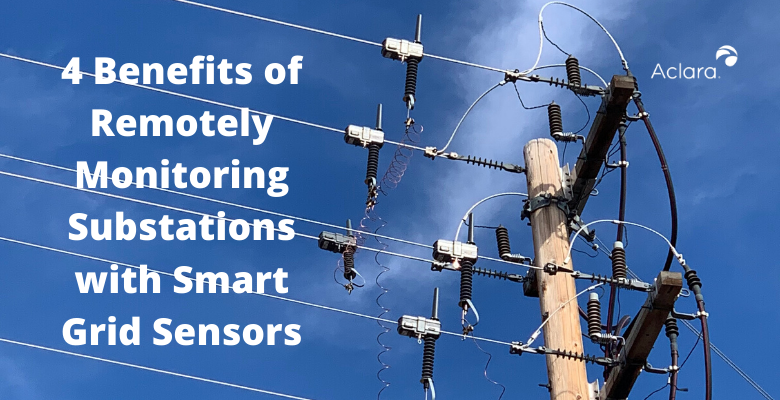Many cooperative and public power utilities have limited budgets and limited staff to manage their networks. And often with very large rural territories to cover, it adds to the challenge of the job.
Lincoln Electric Cooperative (LEC), for example, is a rural electric cooperative located in Eureka, Montana, which sits on the Canadian border in the northwest part of the state. The utility serves 4,600 members spread out over several thousand square miles in an area surrounded by Kootenai National Forest and abutting Glacier National Park.
As such, LEC’s substations are spread across a vast and rugged terrain. To understand circuit and load conditions in the utility’s substations would generally require that crews travel miles across the heavily forested (and sometimes snow-covered) area. Plus, the utility didn’t know of problems in the substations until they occurred.
Winter is the peak load period in Montana, and LEC wanted real-time visibility into circuit conditions in their substations that they haven’t had before. They chose using smart grid power sensors as part of the Aclara Grid Monitoring Platform to help them keep an eye on circuit and substation loads as the bitter Montana cold arrives.
There are four key reasons the utility chose grid monitoring with Power Sensors:
1: Ease of installation and design
Time is essential, and smart grid sensors are designed for quick and easy installation, even on complex circuits. Jamie Stark, LEC’s Strategic Planning and Projects Manager at LEC, noted, “We installed three units on a simple three-phase feeder in about 20 minutes. However, things became complicated when working with double circuits. The sensor design allowed us to be creative and in ways other products could not.”
2: Simplified review and reporting
The continuous reporting of load, voltage and power conditions will allow Stark’s team at LEC to maintain 24/7 visibility of their network, providing the essential data needed to improve day to day operations and to make planning decisions. The ability of Power Sensors to monitor conditions are especially critical when performing temporary switching operations, when there can often be uncertainly about the loads being switched and a risk of overloading circuits.
The Grid Monitoring solution also provides many additional valuable built-in software capabilities that LEC plans to take advantage of, including tools to:
- Aggregate substation load from all circuits and generate alerts if total load ever starts to exceed the transformer max rating.
- Troubleshoot common issues like cold load pickup and factory motor starts that might drag down a circuit.
- Automate detection of circuit phasing and alert for misidentified phasing.
- Continuously monitor for feeder-level faults and transient events as well as provide immediate notifications by email or text message.
“The sensors are amazing. We have up-to-date load profiles at our fingertips. That used to have to be done with hot sticks and load loggers and took all day!” said Stark.
3: Improved customer service
Like so many other cooperative electric utilities, member service and satisfaction are paramount. LEC has a commitment to its members to not only provide them with reliable electric service, but to do so at the lowest possible cost and to deliver affordable energy. The combination of capabilities that Aclara’s grid monitoring provides and the simplicity of the solution will help LEC improve operations and member satisfaction while saving other costs.
4: Affordability
LEC also saved by taking advantage of Aclara’s special Grid Monitoring Pilot Bundle offer for new customers. The pilot kit includes several Aclara Grid Monitoring Sensors, cloud-based Sensor Management System (SMS) software, and 4G LTE cellular data service.

